NALOXONE - INJECTION
PHONETIC PRONUNCIATION: (nal-OX-one)
GENERIC NAME(S): naloxone HCl
Uses
USES: This medication is used to treat known or suspected opioid (narcotic) overdose. Serious overdose symptoms may include unusual sleepiness, unusual difficulty waking up, or breathing problems (ranging from slow/shallow breathing to no breathing). Other symptoms of overdose may include very small "pinpoint" pupils, slow heartbeat, or low blood pressure. If someone has serious overdose symptoms but you are not sure if he or she has overdosed, give this medication right away anyway, since lasting slow/shallow breathing may cause permanent damage to the brain or death. Naloxone belongs to a class of drugs known as opioid antagonists. It works by blocking the effects of the opioid in the brain. This medication may not work as well to block the effects of certain types of opioids (mixed agonist/antagonists such as buprenorphine, pentazocine). With these types of opioids, blocking may be incomplete or you may need a higher dose of naloxone. Treatment of opioid overdose should also include breathing treatment (such as oxygen given through tubes in the nose, mechanical ventilation, artificial respiration).
How to use NALOXONE - INJECTION
HOW TO USE: This medication is given by a health care professional. It may be injected into a vein, a muscle, or under the skin. If you are using this medication at home, learn all preparation and usage instructions from your health care professional and the product package. Before using, check this product visually for particles or discoloration. If either is present, do not use the liquid. Learn how to store and discard medical supplies safely. The dosage is based on your medical condition and response to treatment. The effects of this medication are rapid but not long-lasting. After giving naloxone, get medical help right away, even if the person wakes up. If symptoms return after giving an injection, give another naloxone injection every 2 to 3 minutes. Continue to closely watch the person until emergency help is received. Tell the healthcare professional that you have given an injection of naloxone.
Side Effects
Precautions
Interactions
Overdose
Images
Reviews
Faq for NALOXONE - INJECTION
Naloxone injection is a medication used to reverse the effects of opioid overdose. It helps restore normal breathing and consciousness to someone who has overdosed on opioids.
Naloxone works by binding to the opioid receptors in the brain, blocking the effects of opioids. This helps to reverse the respiratory depression and sedation caused by opioids.
Naloxone can be administered by trained healthcare professionals, first responders, or bystanders who have been educated on its use. Many states also have laws that allow for the prescribing and dispensing of naloxone to individuals at risk of opioid overdose or their friends and family members.
Naloxone is typically administered as an injection into the muscle (intramuscular) or under the skin (subcutaneous). It can also be given intravenously by trained medical professionals. The nasal spray form of naloxone is also available for easy administration.
Common side effects of naloxone include rapid heartbeat, high blood pressure, nausea, vomiting, sweating, and tremors. These effects are usually mild and short-lived.
Naloxone is specifically used for opioid overdose emergencies. It is not harmful if given to someone who is not experiencing an overdose, but it may cause temporary discomfort and withdrawal symptoms.
Yes, naloxone is highly effective in reversing opioid overdose when administered promptly. However, it is important to seek medical attention after administering naloxone, as the effects may wear off before the opioids are fully eliminated from the body.
The duration of naloxone's effects can vary depending on the dose and individual factors. Generally, naloxone's effects last between 30 to 90 minutes, but this can differ from person to person.
Naloxone can effectively reverse the effects of most opioids, including prescription painkillers (e.g., oxycodone, hydrocodone) and illicit opioids (e.g., heroin, fentanyl).
Disclaimer
IMPORTANT: HOW TO USE THIS INFORMATION: This is a summary and does NOT have all possible information about this product. This information does not assure that this product is safe, effective, or appropriate for you. This information is not individual medical advice and does not substitute for the advice of your health care professional. Always ask your health care professional for complete information about this product and your specific health needs.
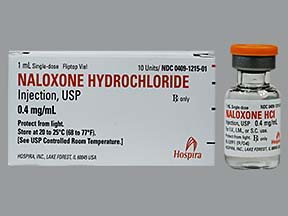

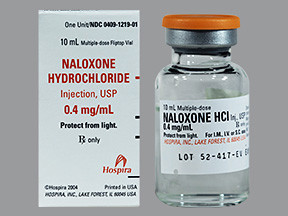
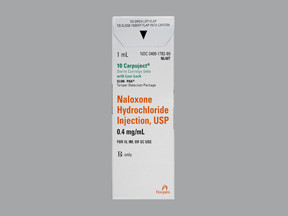
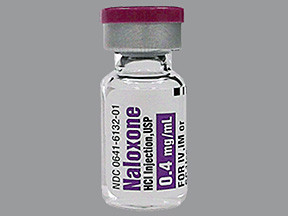
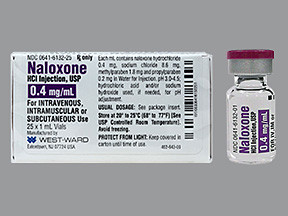
No Reviews Yet